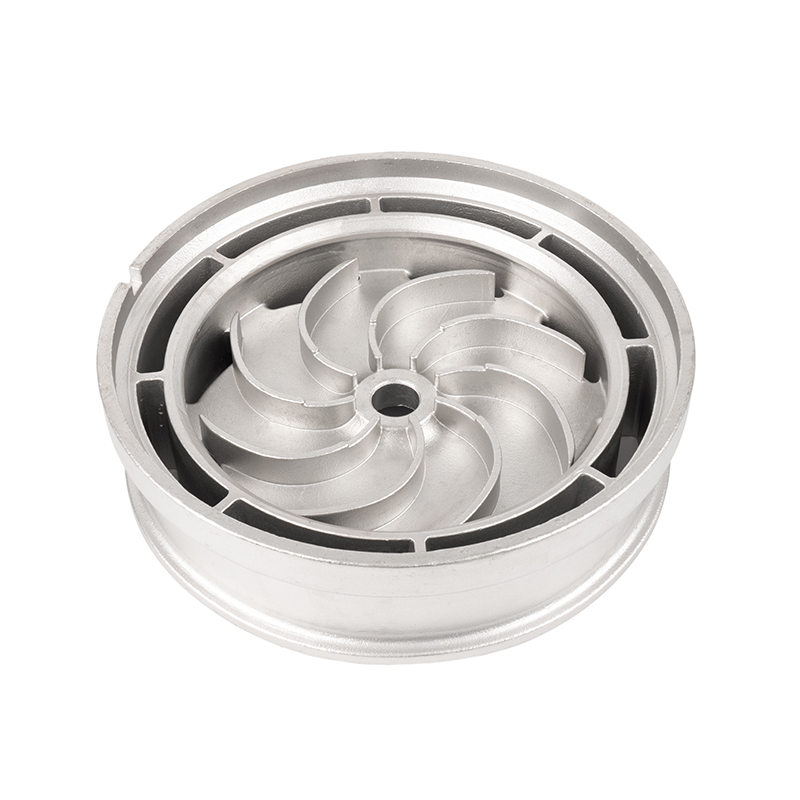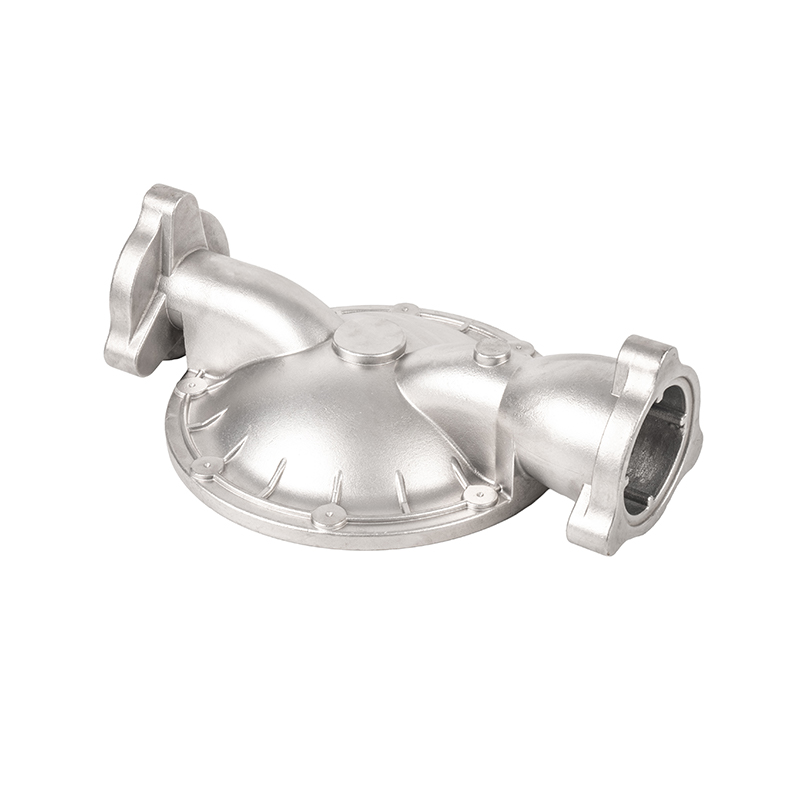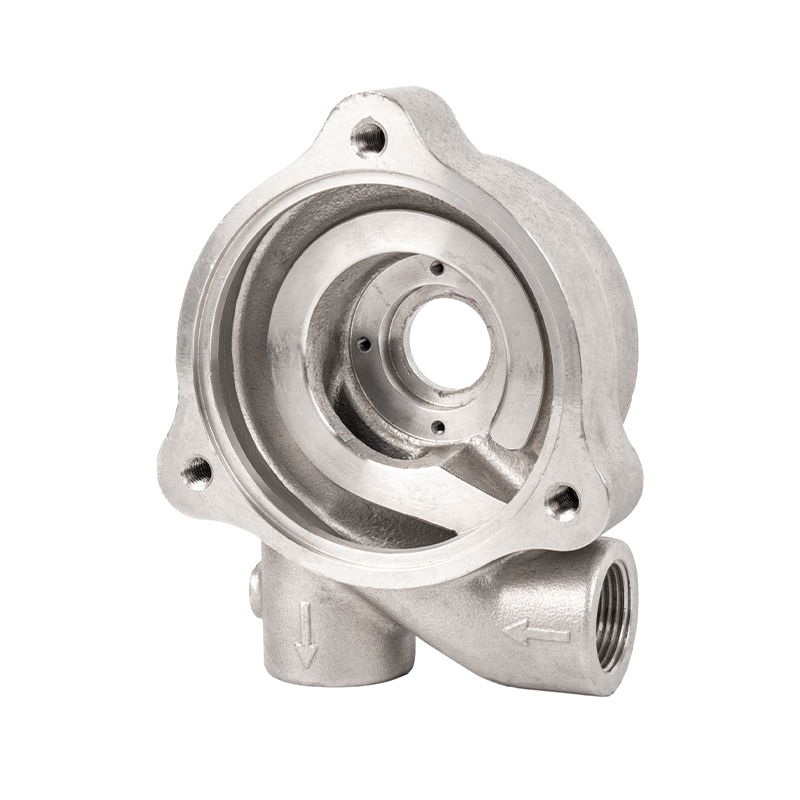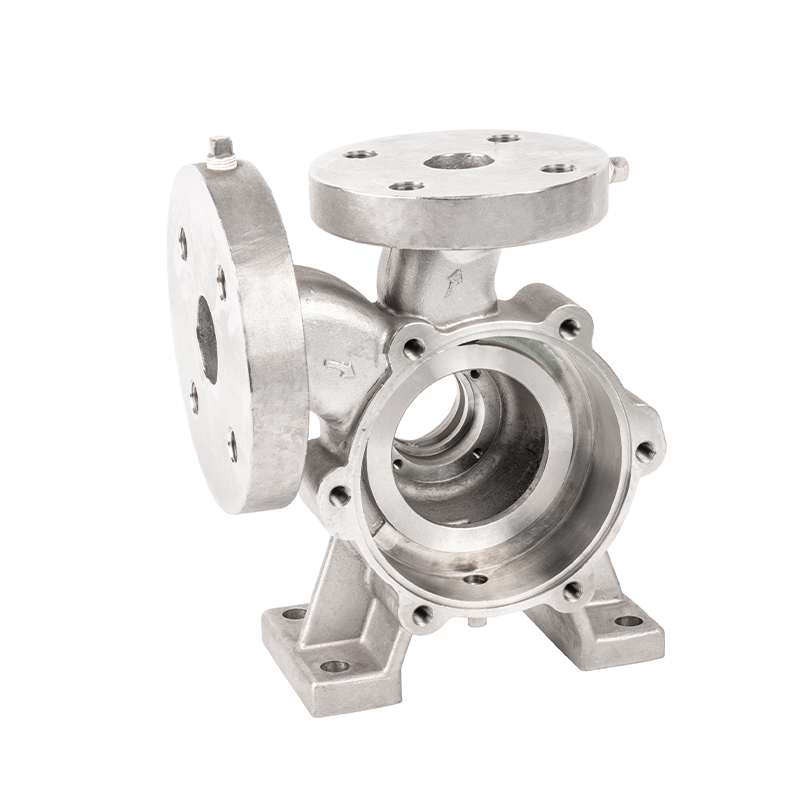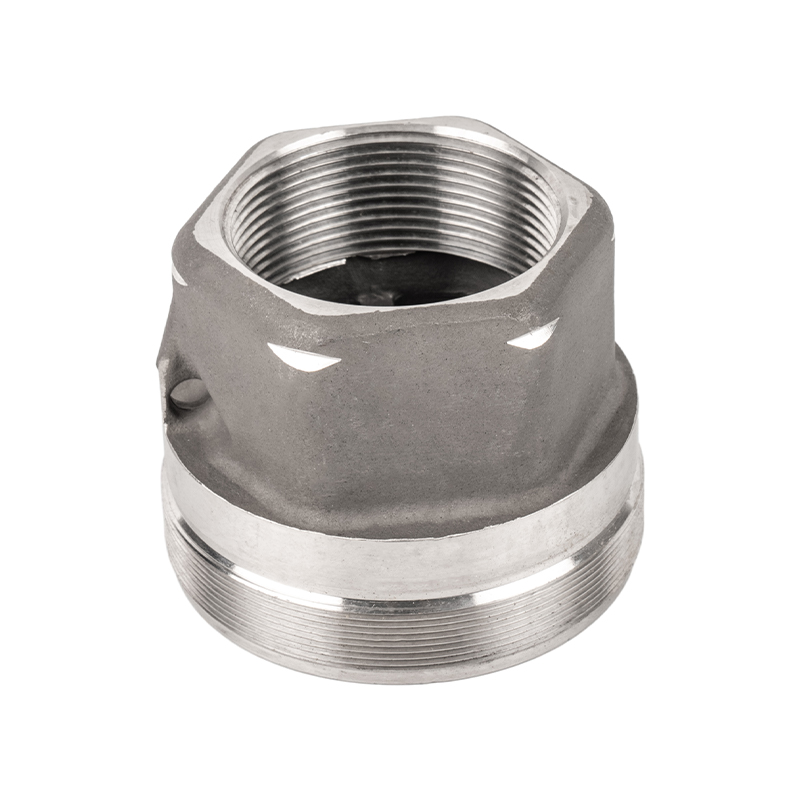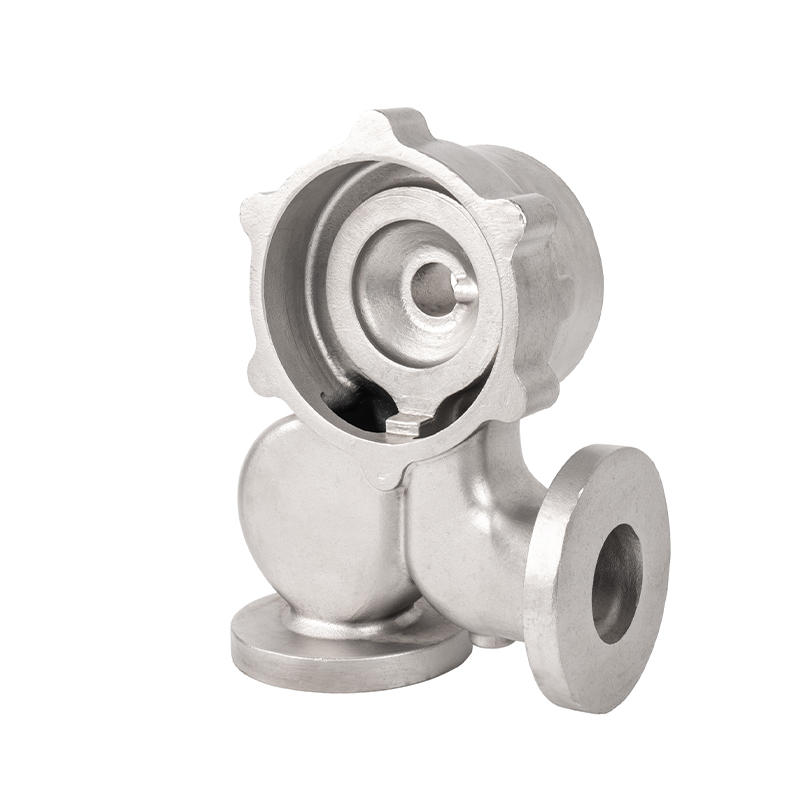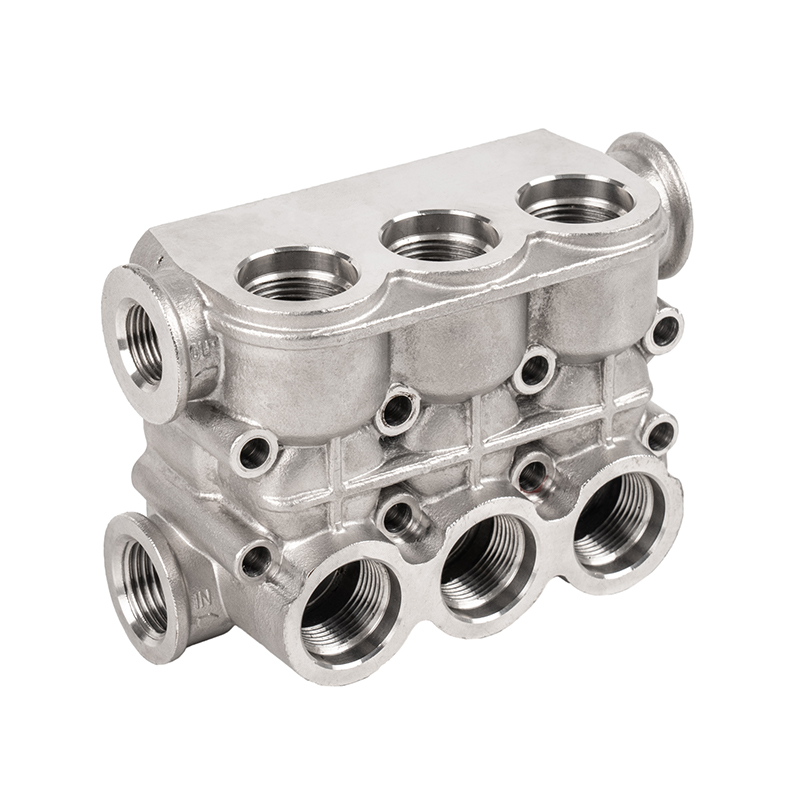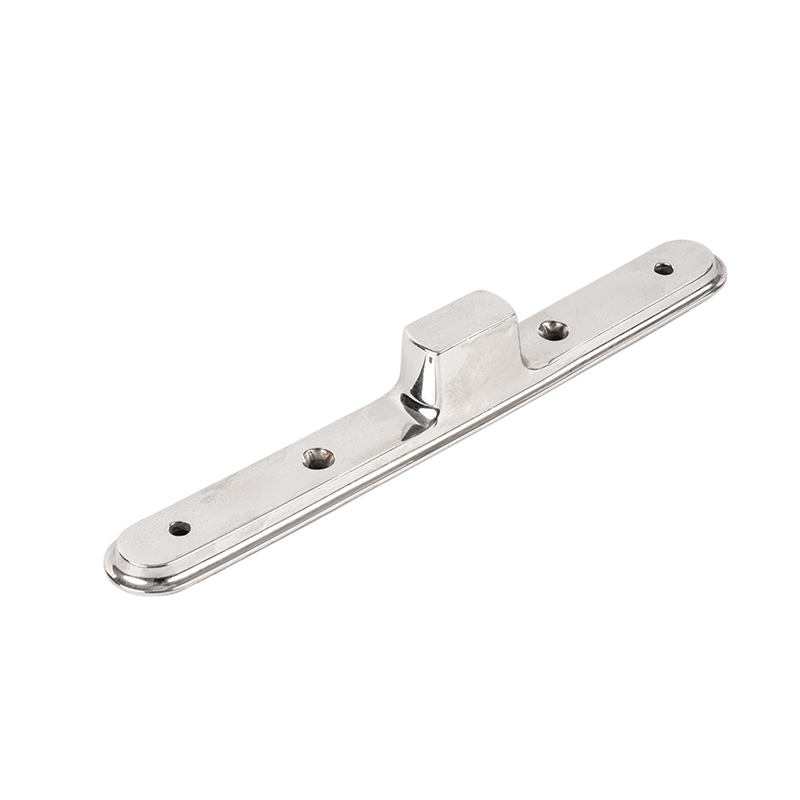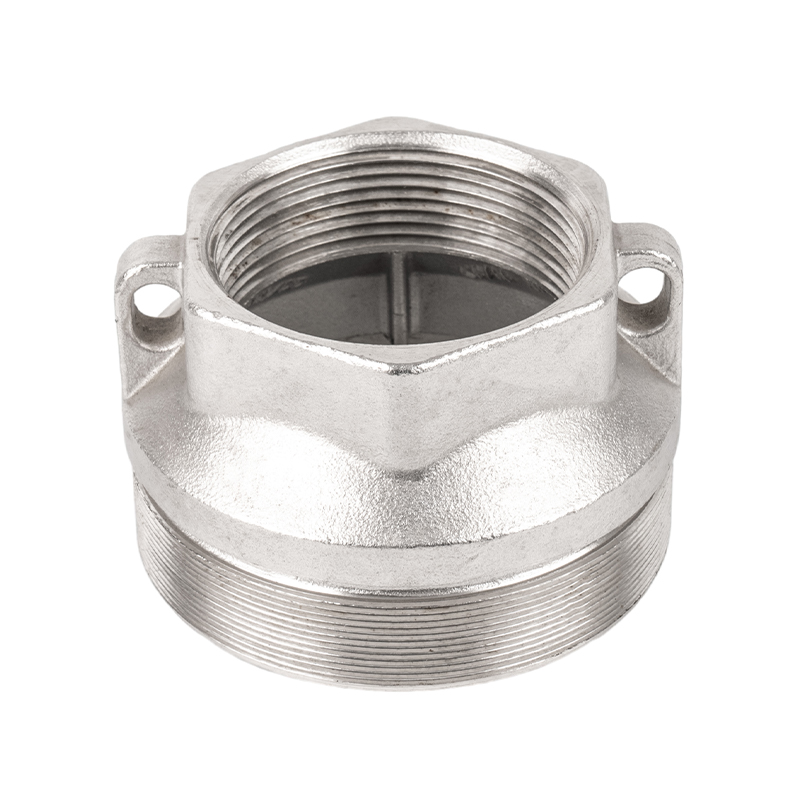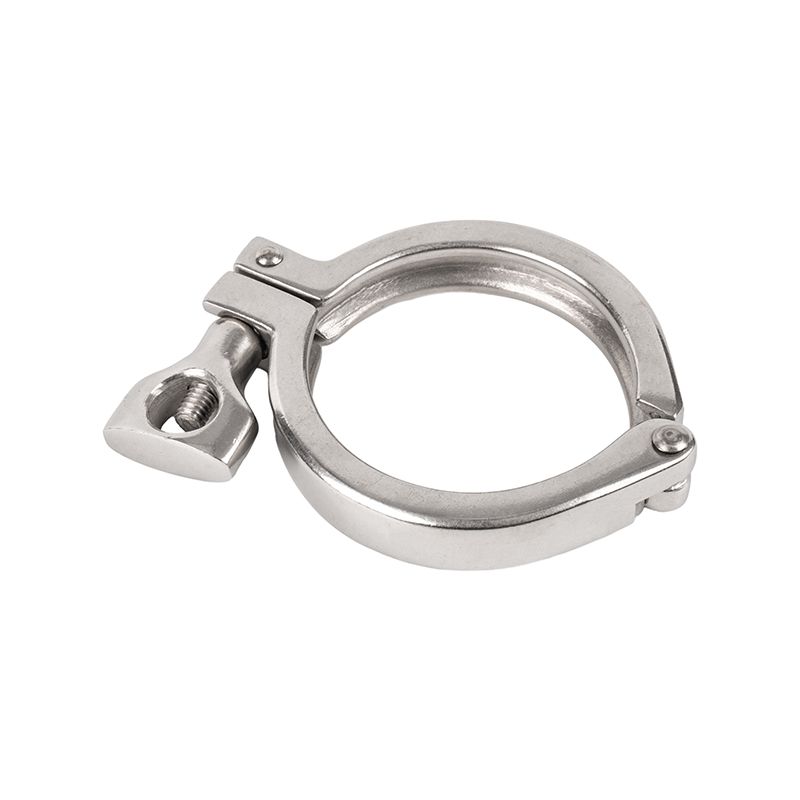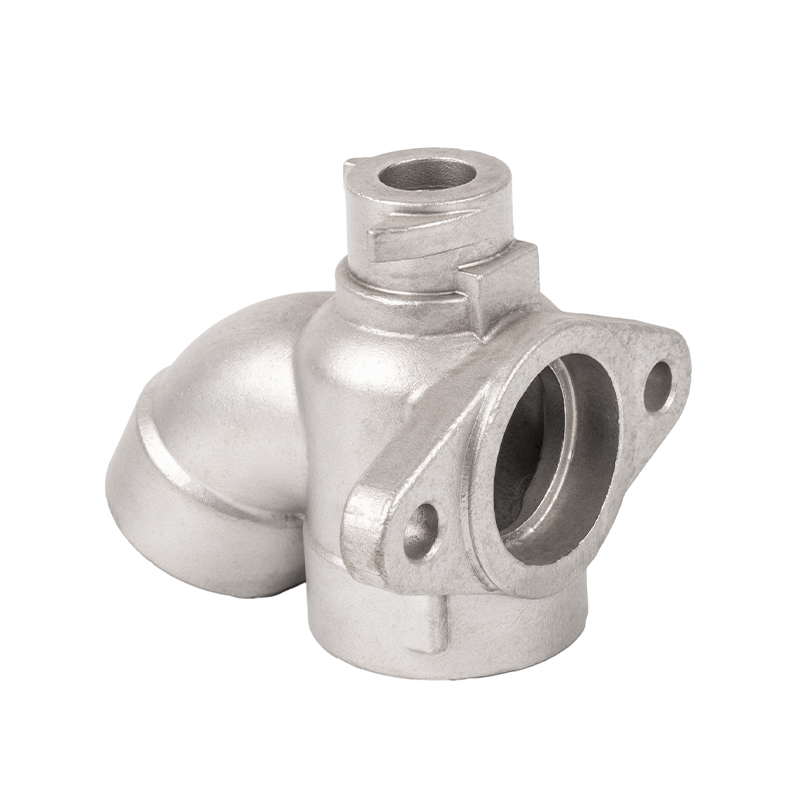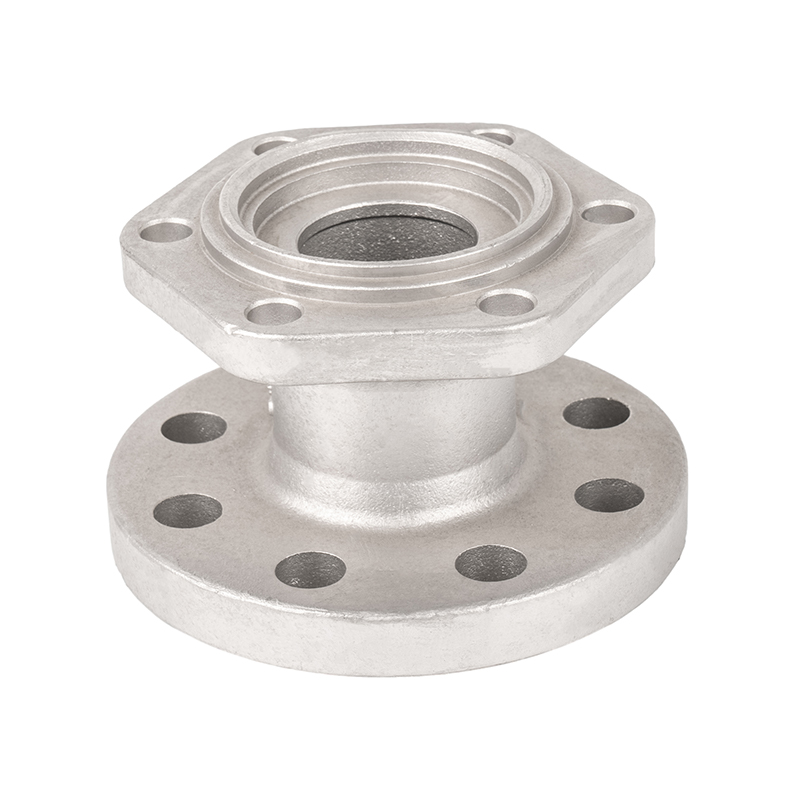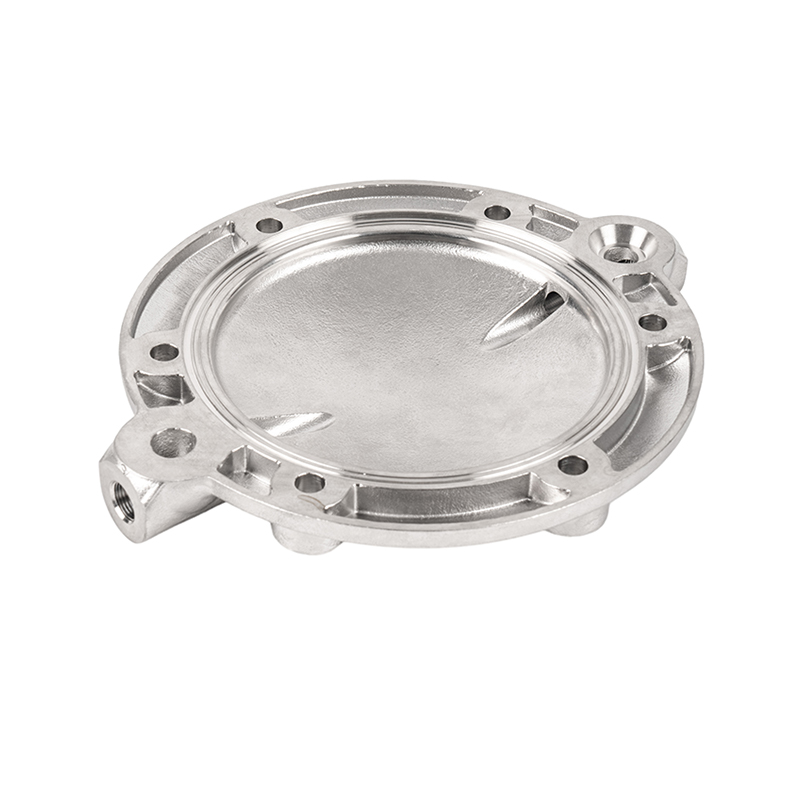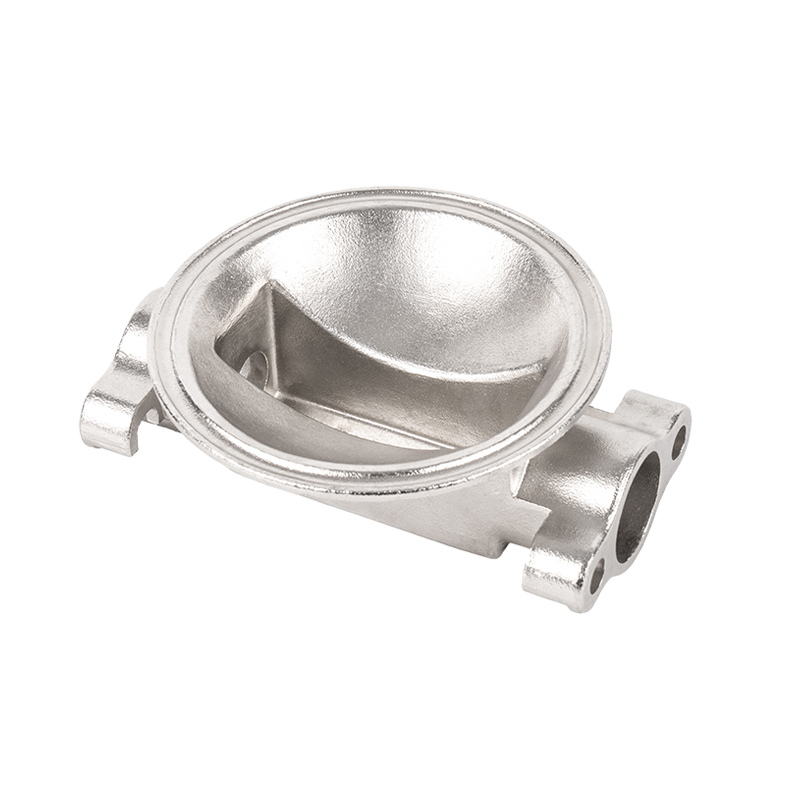How does residual stress in blade impeller castings affect the long-term operating life of the impeller
Blade impeller castings, the heart of fluid machinery, often operate in environments involving high speeds, high pressures, corrosive media, and fluctuating temperatures. During service, impellers are subjected to complex loads, including centrifugal, hydraulic, and thermal stresses. However, in addition to these external loads, a hidden threat lurks within the casting: residual stress. Residual stress is a self-balancing stress system generated internally by uneven shrinkage or volume changes during phase transitions and heat treatment processes. For geometrically complex impeller castings, the presence of residual stress has a crucial impact on the long-term operating life and structural integrity of the impeller.
The Direct Link Between Residual Stress and Cracking Risk
Induction of Casting Cracks
High levels of tensile residual stress are the primary driving force behind hot and cold cracking in castings. In blade impeller castings, the thick interface between the blade and hub (hub/shroud) and geometric abrupt changes are high-risk areas for residual stress concentration.
Tensile residual stress: If this internal tensile stress exceeds the material's yield strength or tensile strength, it can lead to immediate or delayed macrocracks even in the static state after casting.
Delayed cracking: Particularly for certain alloys, such as martensitic stainless steel or certain nickel-based alloys, residual stress combined with hydrogen embrittlement can cause delayed cracking. This defect is often difficult to detect during factory inspection, but can lead to sudden failure early in the impeller's service life.
Stress superposition effect
After the impeller is put into operation, residual tensile stresses are superimposed on external operating stresses.
Stress concentration: The centrifugal stress generated by the impeller during high-speed rotation reaches its maximum at the blade root. If significant casting residual tensile stress also exists in this area, the resulting local total stress can far exceed the material's safety limit.
Yielding and Deformation: Superimposed stresses may cause localized material to enter the plastic deformation stage prematurely, leading to geometric distortion of the impeller, disrupting its dynamic balance, and ultimately causing severe vibration and bearing damage.
Impact of Residual Stress on Fatigue Life and Corrosion Behavior
Significant Reduction in Fatigue Life
Blade impeller castings mostly operate under alternating loads, and their fatigue life is a key indicator of long-term reliability.
Accelerated Fatigue Crack Initiation: Tensile residual stress effectively increases the mean stress of the stress cycle. According to the Goodman or Haigh fatigue criteria, the increase in mean stress significantly shortens the fatigue limit of the material, accelerating fatigue crack initiation at the defect.
Driving Force for Fatigue Growth: Residual tensile stress provides additional driving force for initiated microcracks, causing them to propagate through the impeller's critical load-bearing areas at a higher rate, leading to premature fatigue failure.
Accelerated Stress Corrosion Cracking (SCC)
Many impeller castings, especially those made of stainless steel or duplex steel, are required to operate in corrosive media (such as chloride solutions).
SCC Susceptibility: Stress corrosion cracking (SCC) is a failure mode caused by the combined effects of corrosion and tensile stress. Residual tensile stress alone is sufficient to constitute the necessary stress condition for SCC.
Local Anodic Effect: Grain boundaries or microstructures in areas of high residual stress may become more activated, forming local anodes. This accelerates electrochemical corrosion and causes brittle cracking to occur rapidly at temperatures far below the yield strength of the material. This is extremely dangerous for impellers made of corrosion-resistant alloys used in petrochemical and marine applications.
Critical Control of Residual Stress in the Casting Process
Controlling residual stress in blade impeller castings is one of the primary tasks of casting engineers.
Necessity of Heat Treatment: Stress relief annealing or specific solution treatments are typically used to release or redistribute residual stresses. Precise control of the heating rate, holding time and temperature, and cooling rate is crucial to avoid introducing new thermal stresses or affecting the material's microstructure.
Solidification and Cooling Optimization: By optimizing mold design and cooling rates, such as using chills or controlling the mold's hot mold temperature, simultaneous solidification and uniform cooling can be achieved across all impeller components, minimizing residual stresses at their source.


 English
English Español
Español русский
русский 中文简体
中文简体

